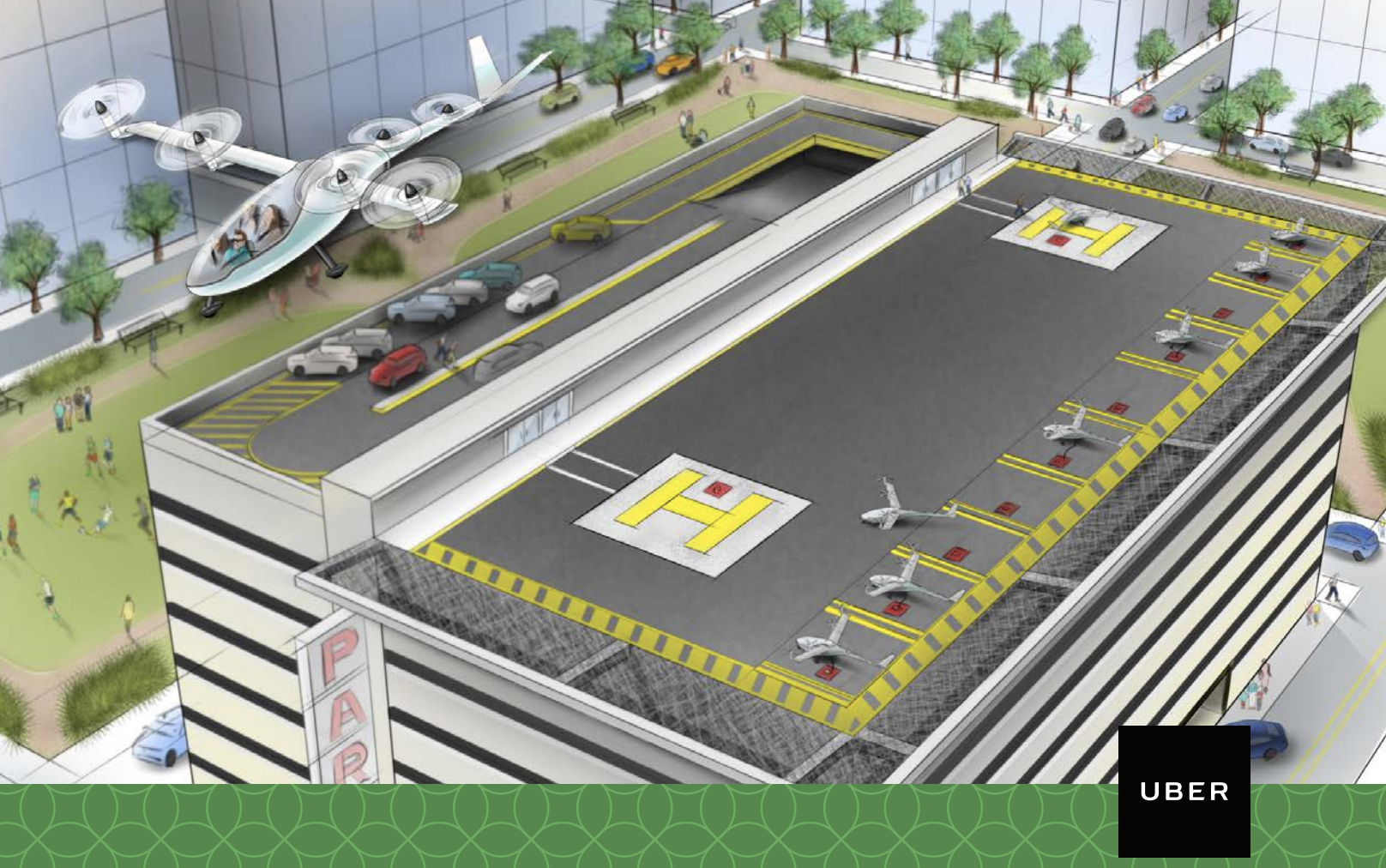What flying taxis could really be like
The Man Who Pays His Way: ‘Imagine soaring across one of the world’s great cities in your personal plane for less than a one-way trip on the Gatwick Express’

Dreaming about the future of travel is not entirely agreeable right now for those of us with a British passport and an abiding love of continental Europe.
To contemplate how much time has elapsed between the vote to leave the European Union and the day we leave, imagine a 12-hour clock. If the referendum is noon and Brexit day is midnight, the UK is currently at 11.15pm. Yet from flights to health care and motoring to mobile roaming, there is an astonishing lack of clarity about how European travel will work from 30 March 2019 onwards.
So allow me to change direction and look several thousand miles west and four years ahead from now.
“Imagine soaring above congested ground traffic. With UberAir, this future is closer than you think.”
So says the company that quite possibly currently transports you between office and station or pub and home in a sometimes erratically driven Toyota Prius. The ride-hailing service plans to launch “shared air transportation” commercially by 2023.
A successful trial this week of Boeing’s pilotless vertical take-off and landing (VTOL) aircraft is an important step. While a vast amount of research and development still needs to happen, you might like to know how UberAir – and no doubt competing flying taxis – will work, look, feel and cost.
UberAir is starting on a small scale, planning fleets of small electric planes in Dallas, Los Angeles and a “to-be-announced international market”. That could be Australia, Brazil, France, India or Japan. On the basis that trials will need urban sprawl and some well-to-do locals, my betting is on Sydney or Sao Paulo – the economic power bases of the southern hemisphere.
The stations or airports where journeys start and end are called “vertiports” and “vertistops”, and will typically be on top of multi-storey car parks and high-rise buildings. Passengers and their luggage will need to be weighed, and no doubt pass some kind of security check.
The price will make UberAir a highly exclusive product, in the early days at least. Two far-flung districts of Sao Paulo, Campinas and Paulista, are separated by 50 miles. By public transport you could make the trip for a few pounds. In a ride-share the journey would typically cost £40 and take over two hours. But UberAir claims it can get you there in 18 minutes for £120.
In the “near term” the price will fall to £40, says the firm, and settle down in the long term at less than £20.
Not only is a 1960s science-fiction view of the future tantalisingly close – it also looks outstanding value. Imagine soaring across one of the world’s great cities in your personal plane for less than a one-way trip on the Gatwick Express, with nothing to do but appreciate the wonders of the 21st century and perhaps admire the sophistication of the air-traffic control technology that is keeping (almost) everyone safe.
“The operational complexity of managing airspace will increase exponentially beyond today’s operational activities,” says UberAir. The solution, it believes, is “dynamic spatial deconfliction” – the instinctive behaviour of animals such as fish swimming in schools.

UberAir believes that pilotless flying taxis can be twice as safe as driving a car the same distance – which means that society will need to tolerate a small but significant number of fatalities. While passengers will be able to choose whether or not to accept the risk, people on the streets below will not.
An uncomfortable statistical compromise might result in flying taxis initially flying over sparsely populated areas – but that rather defeats the purpose of using a third dimension to defeat traffic congestion.
You and I may be dreaming for a good few years yet.
Join our commenting forum
Join thought-provoking conversations, follow other Independent readers and see their replies
Comments
Bookmark popover
Removed from bookmarks